|
Here are some of the more common yellow flowers you may have seen this past month. Many look quite similar and the Parkeras tend to blend together. Enjoy! Butterweed (Pakera Giabella) Golden Ragwort (Pakera Aurea) Old-Man-In-The-Spring (Senecio vulgaris L.) Field Mustard (Brassica rapa L. ) Kidney Leaf Buttercup Golden Alexanders (Zizia aurea) Yellow Wood Sorrel (Oxalis europaea) Winter Cress (Barbarea Vulgaris)
0 Comments
While the big showy flowers have bloomed and faded, a new interesting group has raised from the ground to welcome the summer - the Sedge, Grasses, and Rushes! The short version: 'Sedges have edges, Rushes are round, Grasses have knees that bend to the ground.' The long version will be in next week's posts. Blooming this week at the Funk Wilderness Area - sedges, rushes, grasses, fleabane, golden ragwort, clover, blue eyed grass, alfalfa, peppergrass, corn salad, and more I'm sure. We also see a big emergence of dragon and damselflies (some of my favorites!), and good old leopard frogs hopping about. (hover over or click on each image to learn more) The flowers are dying down and now it's time for the green to take over. Ferns are filling out, making the bog feel like the jungle once more. Exotic looking pitcher plant flowers are blooming their alien blooms. Look closely at the grasses and reeds.
Green green everywhere! Waterleaf (purple and white plants) are blooming everywhere. Cicada holes were found on the upper trillium (no sighting this trip). Looking and feeling like summer! Eastern Waterleaf (Hydrophyllum virginianum L.) is native to our region - also known as Shawnee Salad or Virginia Waterleaf. Below is the cycle of the waterleaf from March - May. Enjoy! Since our last visit, the woods have really filled out, green everywhere you look! Still plenty of violets, mayapples, wild geranium, phlox, trillium, buttercups of all varieties, and spring beauties blooming. New to bloom: butterwort, golden ragwort, wild cucumber root, sweet sicily, jack in the pulpit, and false solomon's seal. As the days continue to get longer, and the temperatures warmer, the ferns at the bog continue to grow! This is the perfect time of year to see migrating birds, watch the growth of ferns, admire the blooming pitcher plants, and see the Roundleaf sundew in its bright bold colors. Before long the growth will be too large to admire tiny individual species, and the bugs will change from their mild curiosity (where they are now) to full on feeding mode. Tucked away on the south side of Akron is the Firestone Metropark. While visiting we came across not only these great flowers but also a wide variety of birds including the Baltimore Oriole! Play the slideshow to see the diverse variety of late spring flowers and flowering shrubs! Many of the old blooms are still holding strong thanks to this cool and wet weather! In addition we've also found many new blooms: baneberry and waterleaf in particular! Enjoy the slideshow below. It was a beautiful day to explore one of our favorite parks, the Gorge Metropark in Cuyahoga Falls. While out we found a great variety of plants and flowers that were fots (first of the season) for us! Enjoy a slideshow showing some of the beauties blooming this time of year: lily of the valley, jack in the pulpit, rhododendron, canada mayflower, (the delicate and semi rare) plymouth mayflower aka trailing arbutus, solomon's seal, and so many more! Fleabane, Shepherd's Purse, and Purple Deadnettle FleabaneIn the United States and Canada there are 191 species in the Erigeron genus, some residing in only one state. The state of Ohio has only 3 native species: the Eastern Daisy Fleabane, the Philadelphia Fleabane, and the Wild Prairie Fleabane (see illustrations below). The subtle differences are hard to see in field, but side by side like this they show off their differences. These will bloom from now (late spring) through the summer months. The leaves are edible but fuzzy, best to cook first! Illustrations courtesy of USDA-NRCS PLANTS Database / USDA NRCS. Wetland flora: Field office illustrated guide to plant species. USDA Natural Resources Conservation Service. Shepherd's PurseNothing says that summer is near like the drifting and wafting and waving of the shepherd's purse plant. Originally from Europe, settlers brought with them the shepherd's purse which took hold and can be found aggressively growing throughout the Americas. This delicate plant can grow up to 3 feet tall, a cluster of small white flowers adorns the top while along the stem seed pods which resemble that of a shepherd's money bag (hence the name) stretch out to release their seeds. The health benefits this plant brings are immense: heart and circulatory problems, headaches, vomiting blood, blood in the urine, diarrhea, and bladder infections. I have read many reports of amazing success helping premenstrual problems, long periods, and menstrual cramps - especially those who deal with fibroids. It has also been known to be applied directly to the skin for superficial burns and bleeding skin injuries. Dead NettleQ: What's green and purple and in the springtime covers all the unplowed fields? A: Deadnettle aka Purple Archangel (Lamium purpureum L.) This non-native, mildly invasive, species is not an actual nettle, it is instead part of the mint family. In the spring, the young leaf shoots are harvestable and are a great addition to salads. The early flowers are also a very important source of food for bees and butterflies. Wild Violets, Jack In The Pulpit, Mayapple, and Ramps! Wild VioletsViolets: we see them in our yards, in fields, anywhere we go in spring there's some sort of violet. How many different indigenous species are there in the state of Ohio? That is up for much debate. Give or take, there are at least 30 different indigenous types, if we included the hybrids, the non-native introduced, the others in the Violaceae family, we're looking at closer to 135! Below are some of the beauties I've found on my adventures. 1 - Common Blue Violet 2 - Sweet White Violet 3 - (to be properly identified) 4 - Smooth Yellow Violet 5 - Longspur Violet Jack in The PulpitBlooming now: Jack in the Pulpit. Jack in the pulpit is also sometimes know as Indian Turnip. This plant is edible but must be cooked to avoid blisters and burning reactions. In late summer and fall this plant grows a cluster of shiny red berries on it's spadix which is a great meal for birds. MayappleMayapple blooms this time of year. To find these beauties it helps to get way low as the large leaves tend to hide the showy 2 inch flower. While the flower blooms in May. it doesn't grow its fruit until much later. All parts of this plant are poisonous except for the golden-yellow fruit which is commonly made into jellies. RampsBeginning in early spring (March-ish) little stumps begin rising from the leaf matter. As they grow the stumps burst open into small double leaved plants (image 1). As these plants mature, a bold red base can be seen, sometimes even striping the leaves (image 2). These plant's leaves grow to be around 1 foot long and emit an odor similar to that of garlic onion.
Ramps are also known as Wild Leeks. In their young stages they are hard to differentiate from lilies which grow in much the same matter, but are very poisonous. Ramps, however, are quite edible and have made a name for themselves. Some areas with large ramp growth will even have festivals dedicated to this great plant! (ie. Peninsula Ramp Festival). More information can be found here http://www.wildflower.org/plants/result.php?id_plant=ALTR3 You read that right, today we'll be spotlighting four different flowers! The flowers have been blooming so fast I can hardly keep up, so here we go four at a time!
Those of you who follow my blog regularly know I started this year's wildflower journey by hiking the Trillium Trail at our local Wooster Memorial Park (Spangler) daily in the hopes of finding the first trillium of the season (which I did and it was beautiful!). While doing this I also took it upon myself to photograph the trail which leads from the trillium grove to the valley every day. After the first month the change was so fascinatingly dynamic it has inspired me to continue this series monthly. Below we have images from the past three months beginning with the first.
Along the Wayne/Holmes county line sits a mecca of wildlife. Everything from swamps and marshes to open fields and meadows in the 5,671-acre Killbuck Marsh Wildlife Area. With a keen sense of direction (and probably a compass) you can navigate your way through the brush and brambles in a 'choose your own adventure' sort of experience. While there is one cut trail through the area (generally pretty overgrown), just walking down the road will allow you a glimpse of the abundance of wildlife, flowers, trees, and unexpected treasures. We explored from the P-15, P-16, and P-17 areas (see attached map) as well as the P-5 where the birds rule; Eagles nest, swans, egrets, warblers, pipers were spotted that day. Note that P-5 is a protected area and walking beyond the small parking area is prohibited (we didn't need to go any further to see such great birds!) With this being a wildlife area there are things to keep in mind- hunting (with license) is permitted so know what is in season and wear conspicuous colors. Ticks have been bad the past few years so deet up before heading out, wear long pants, socks, sleeves, and boots and always check for ticks before getting back in your car! During periods of heavy rain a lot of the dirt roads (they're 95% dirt roads riddled with craters) may become impassible, don't try to pass through, turn around and try for another day. 4wheel drive is recommended, but not mandatory. Hover over each image to read more about it! Rising to a whopping 8-12 inches tall it's easy to miss this delicate tiny cluster of flowers.
Found mainly in wet, muddy, areas the Bishop's Cap (also known as twoleaf miterwort) rises on a sturdy, unbranched stem with two identical leaves halfway up. "Each white flower is a less than than ¼" across; it consists of 5 white petals, 10 yellow stamens, a pair of styles, a greenish white calyx with 5 short lobes, and a single-celled ovary." The petals are deeply pinnatifid, which provides them with a snowflake-like appearance. |
AboutSince 2015 we have been exploring and sharing all the amazing things we’ve found in nature. AuthorEmily is an Ohio Certified Volunteer Naturalist who is most often found out in the woods. Archives
March 2024
Categories
All
|

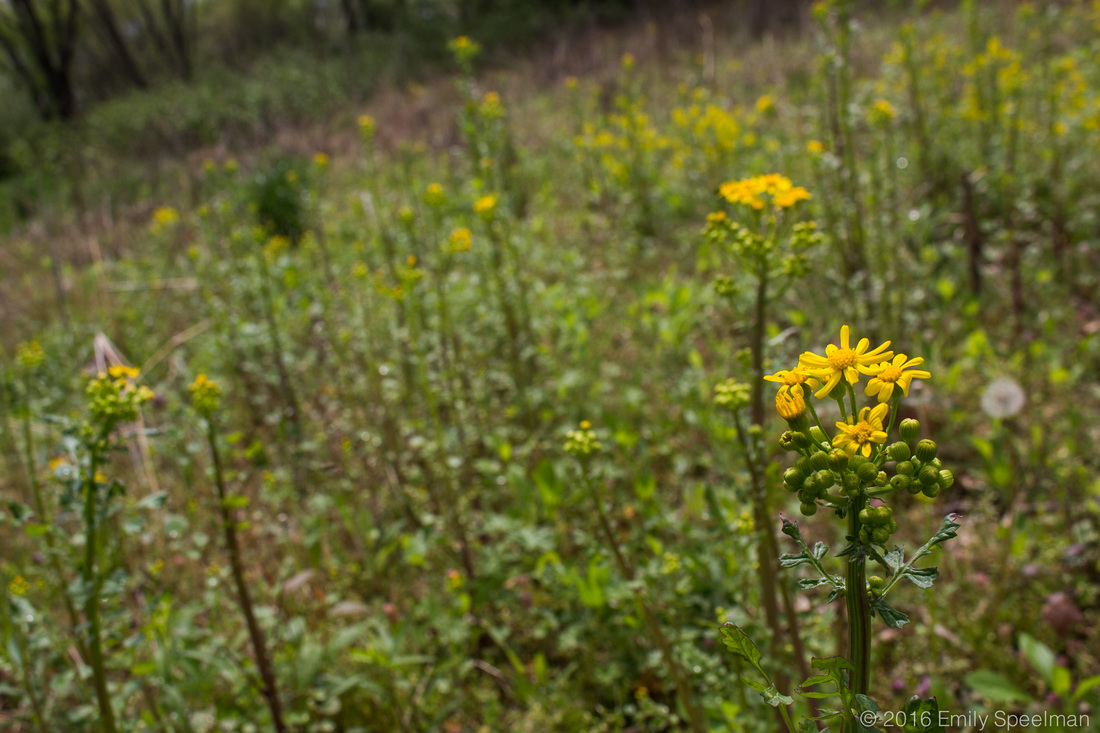
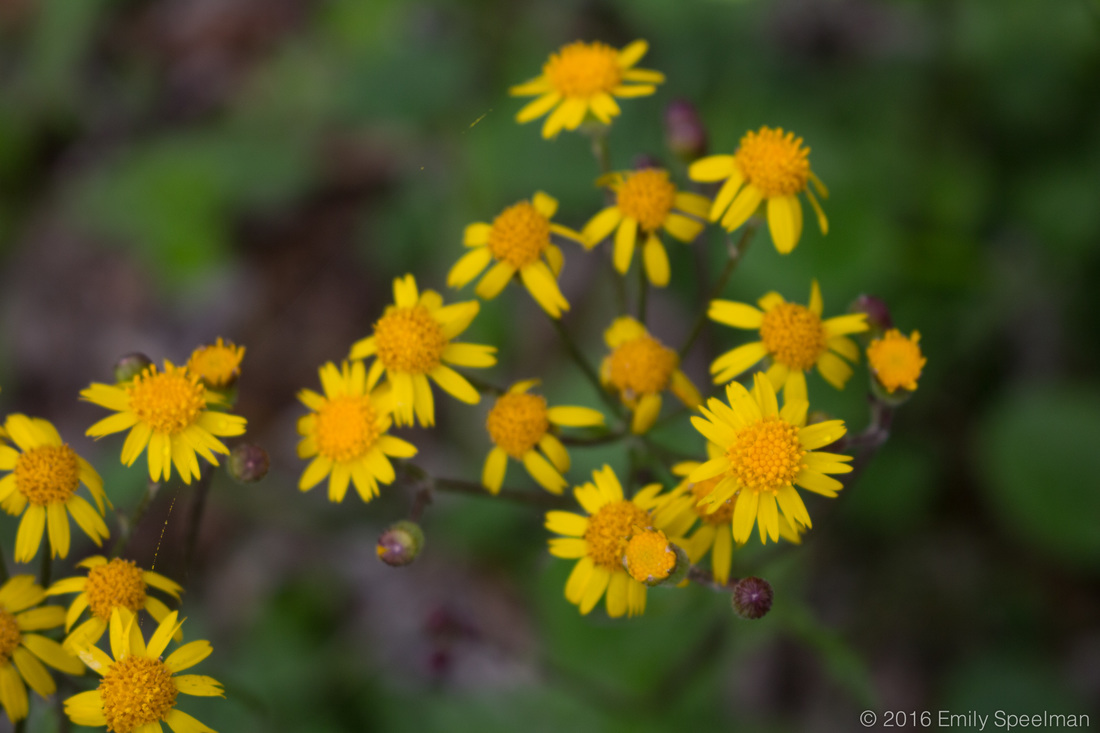

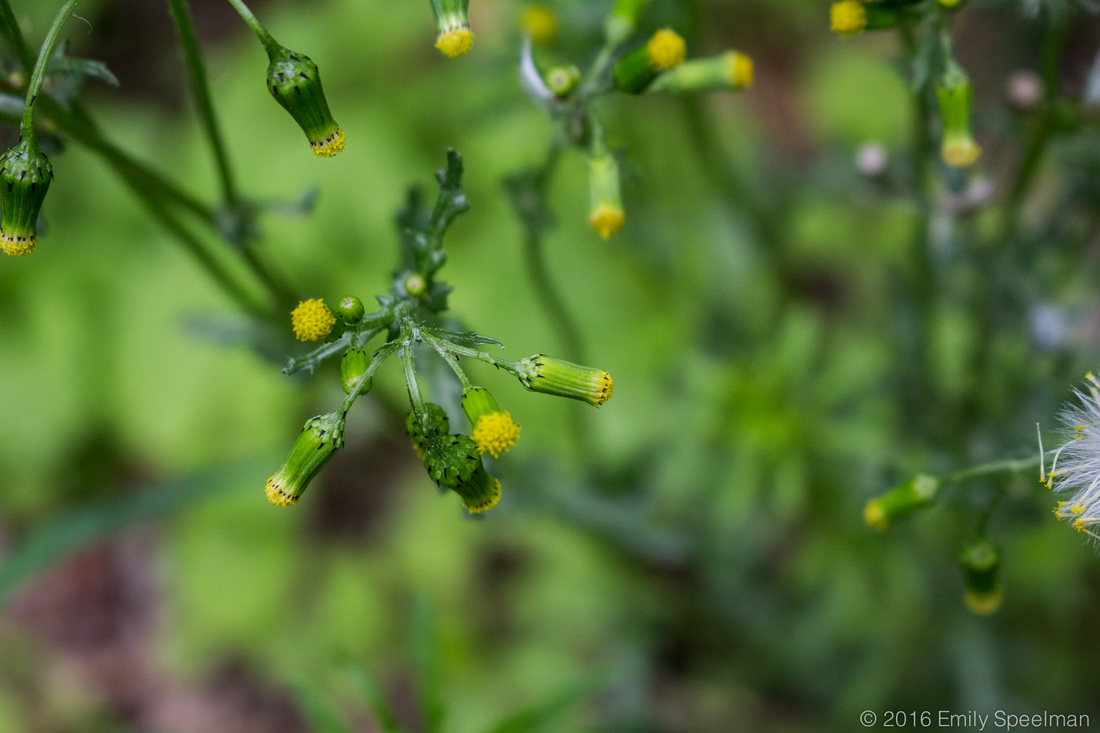
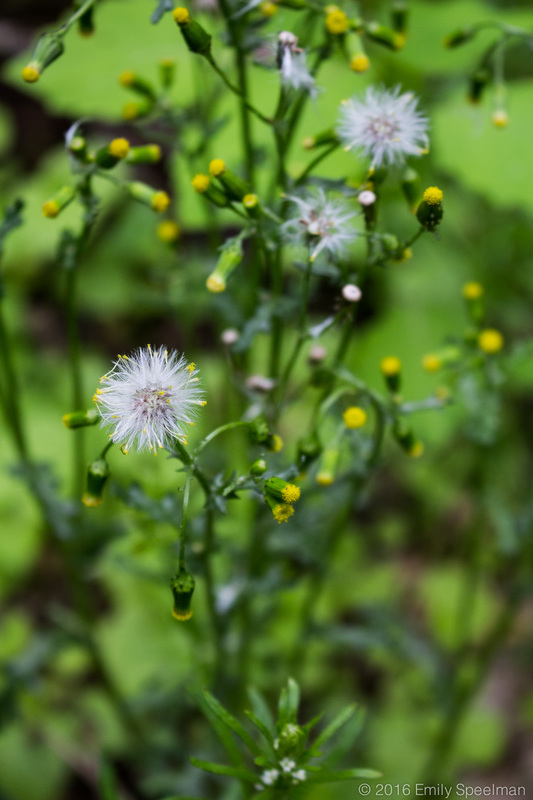

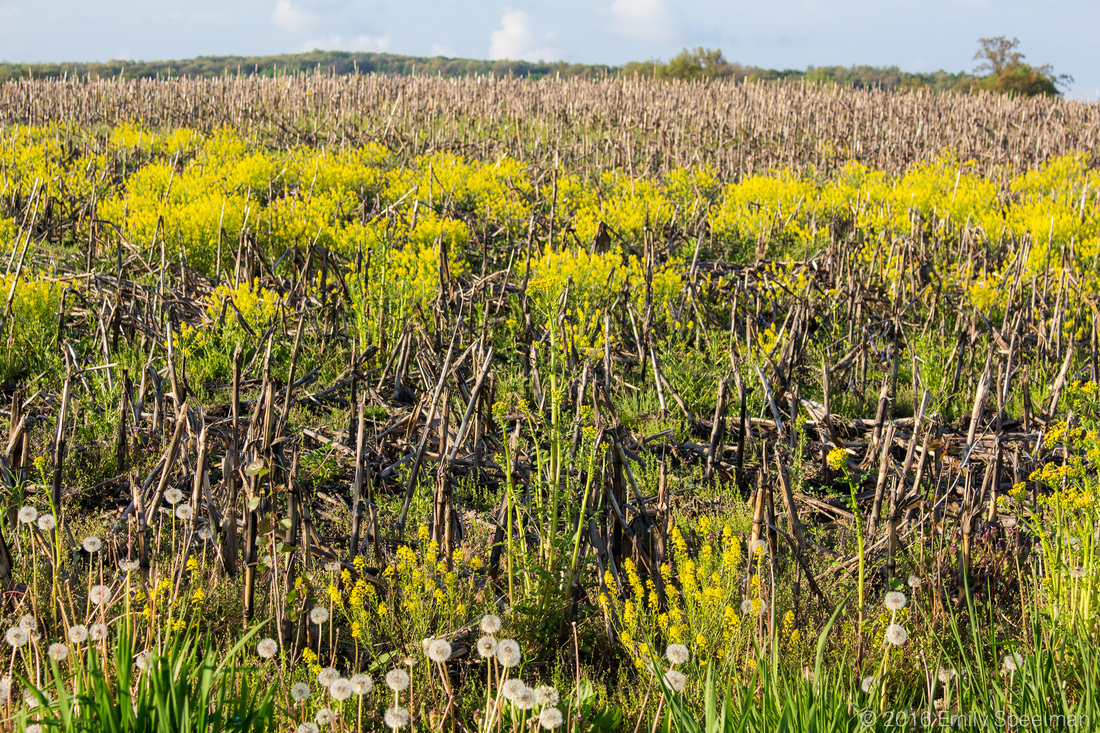

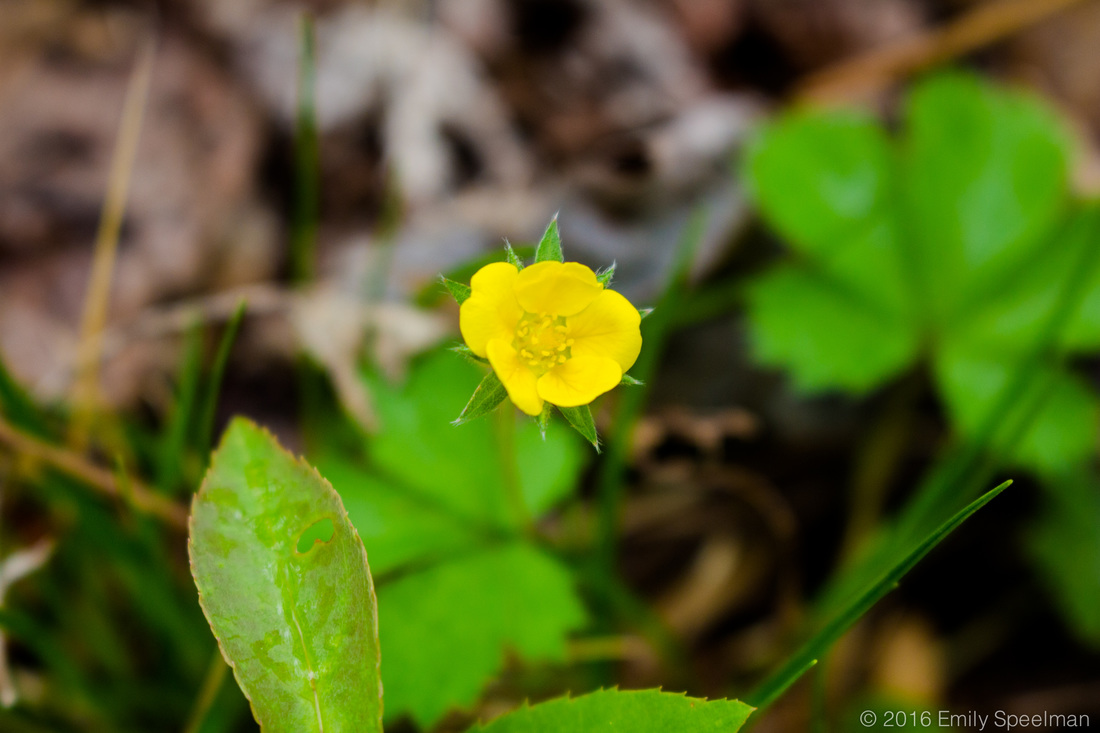

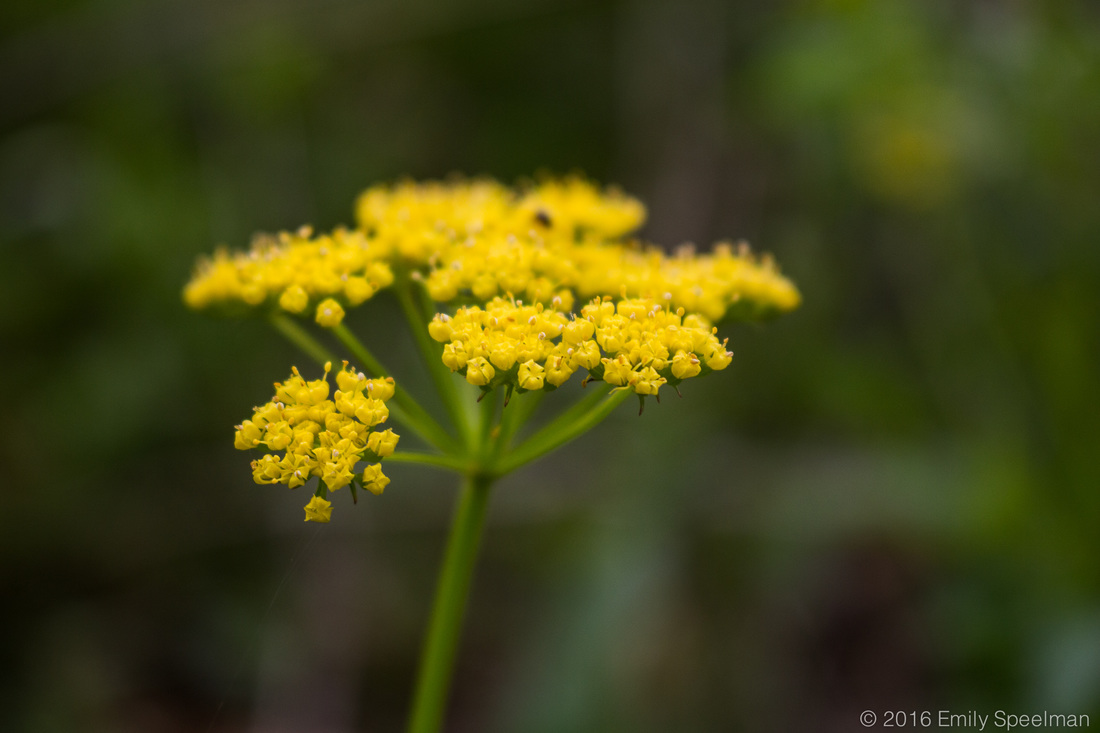

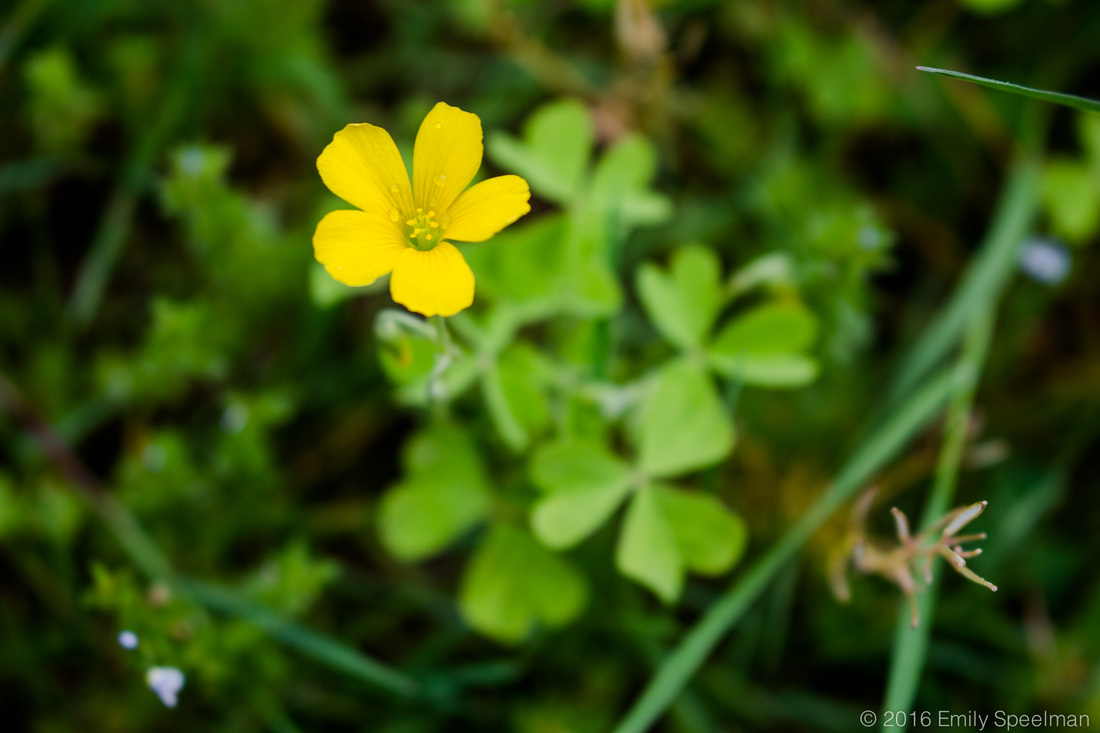
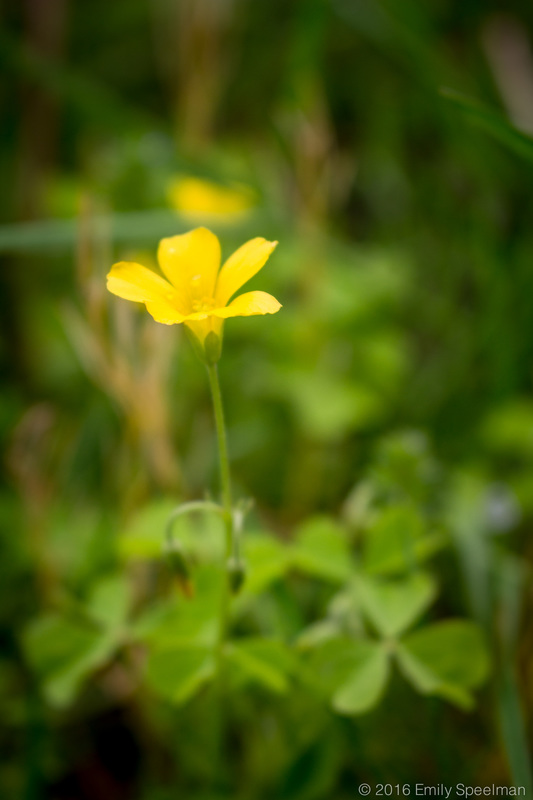
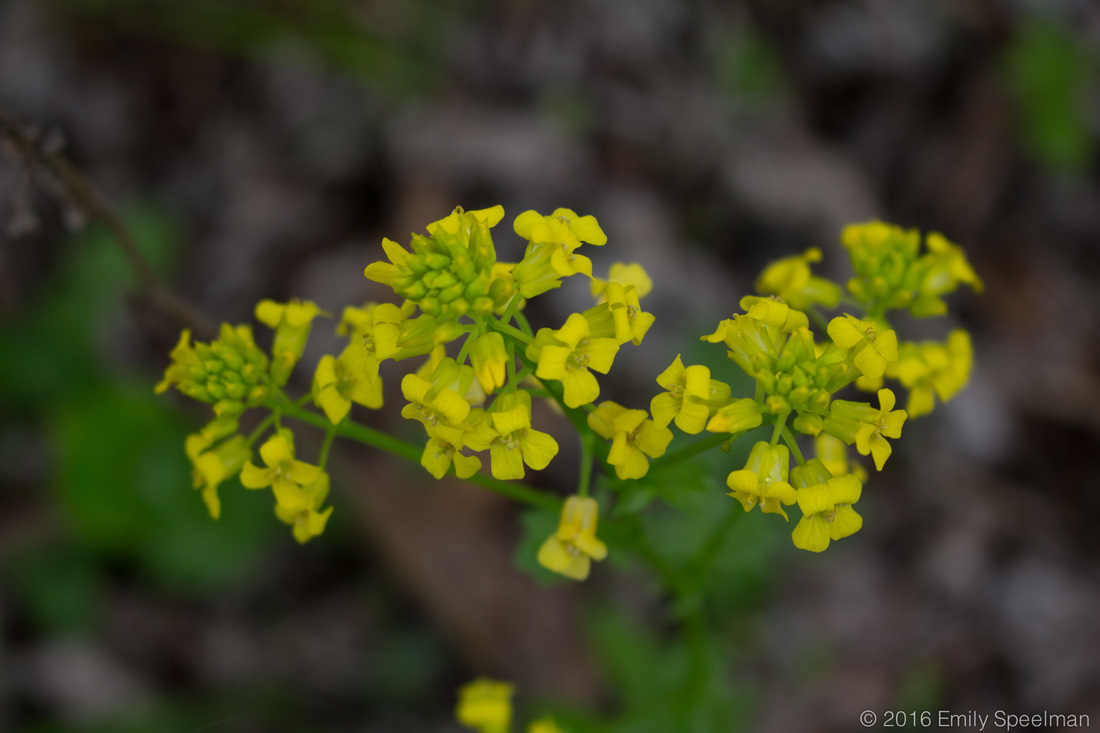


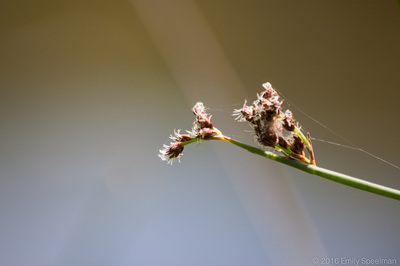
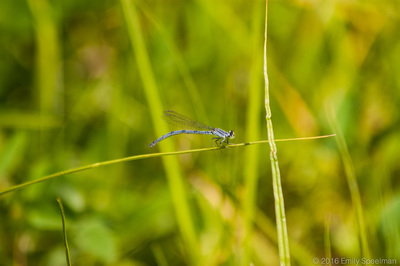
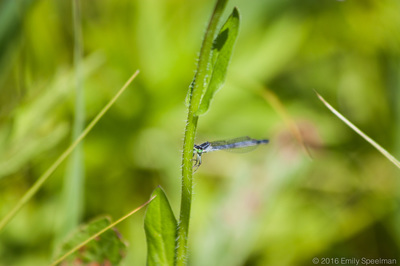

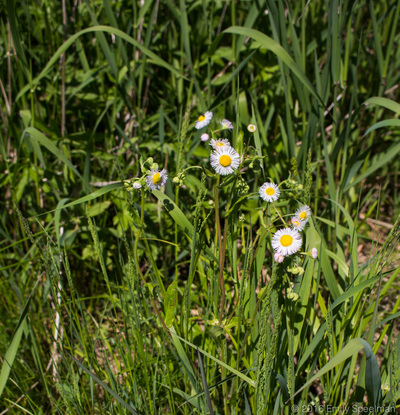
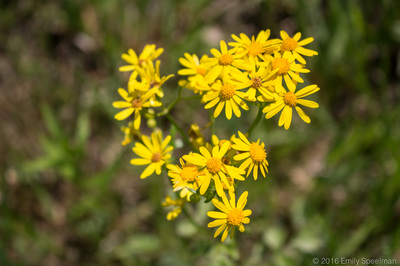


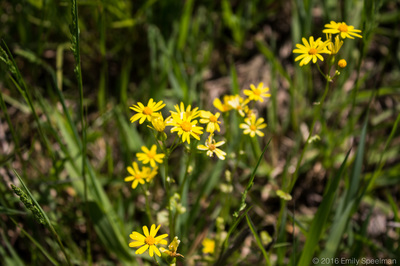
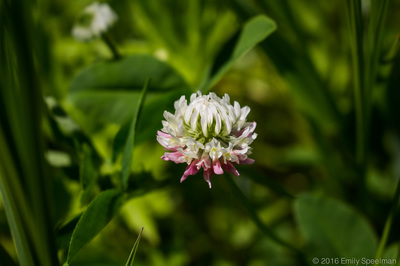


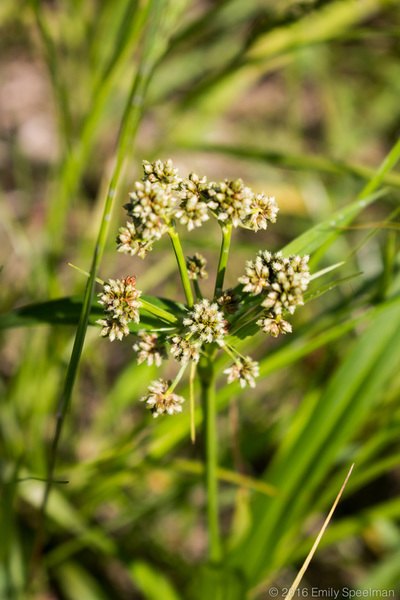
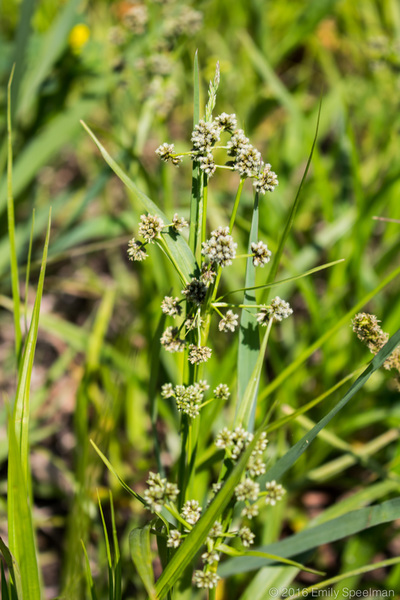

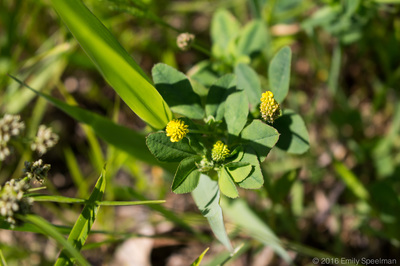

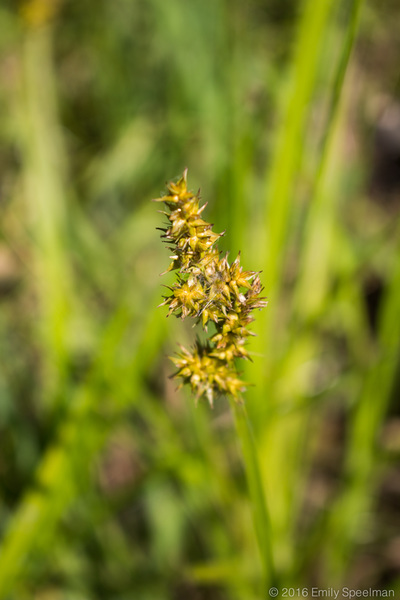
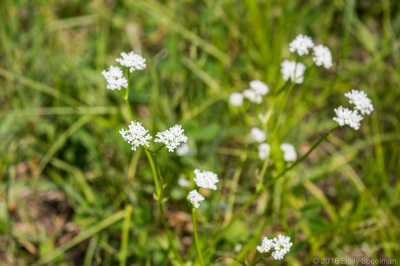



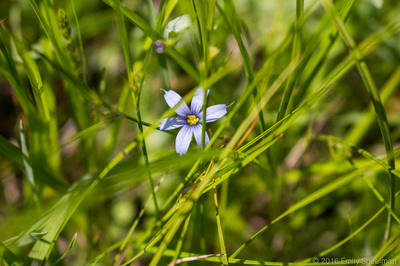

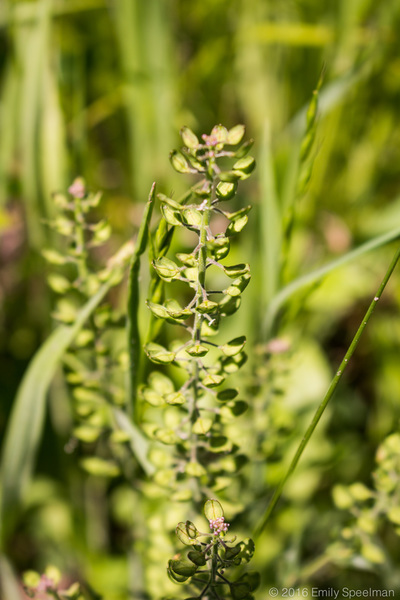
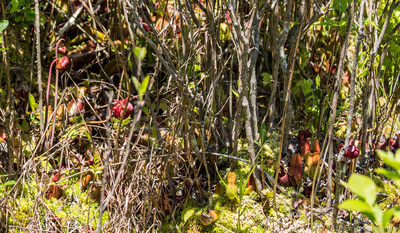

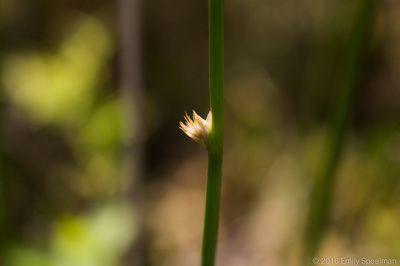
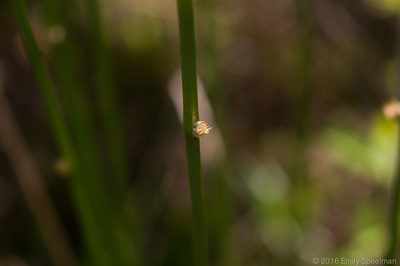


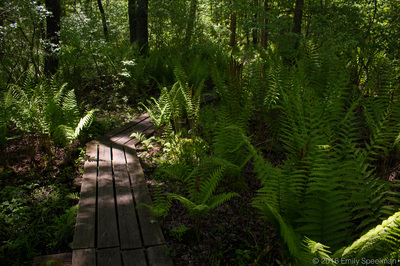

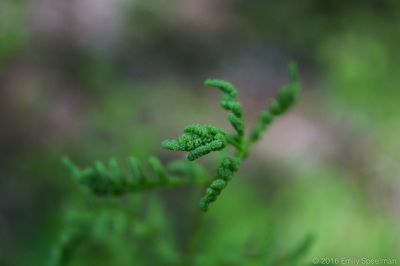

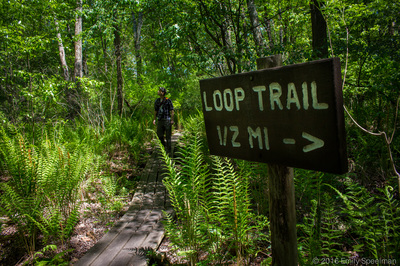

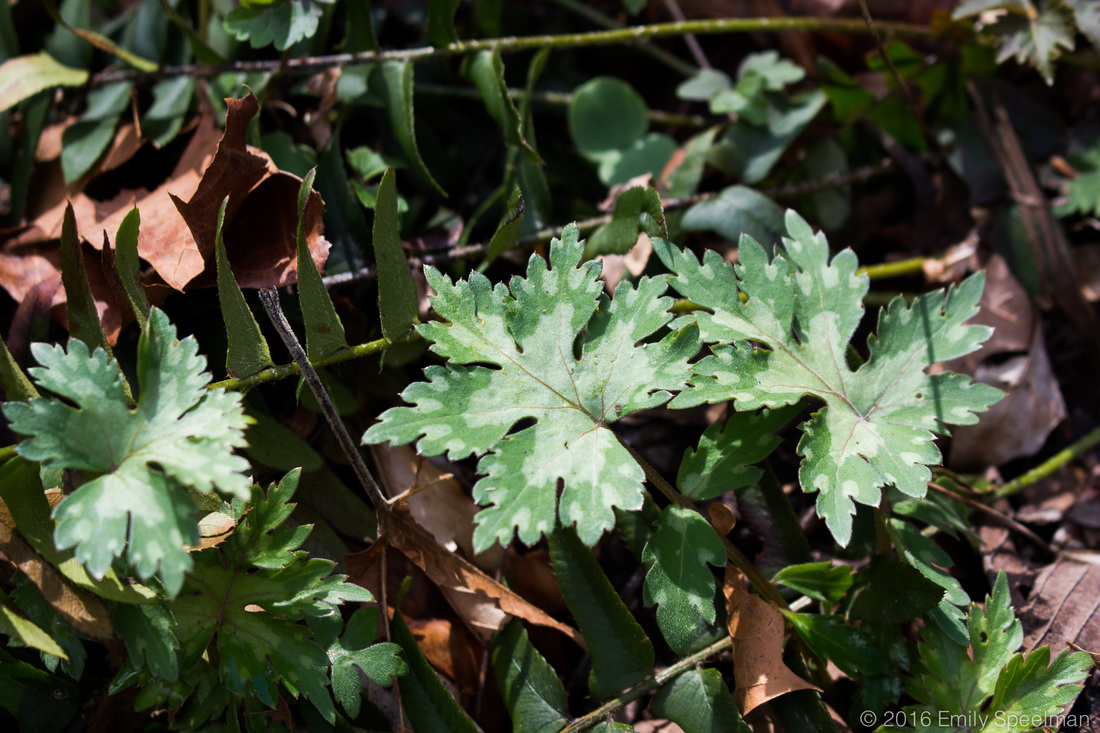





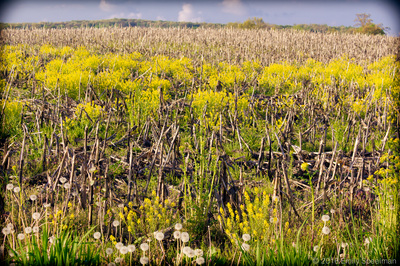

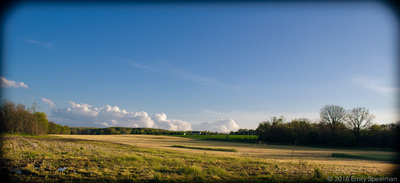

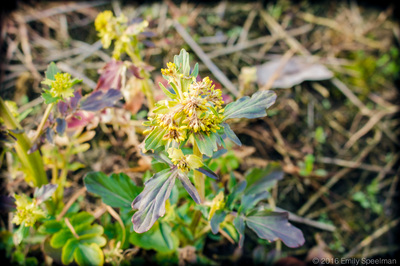



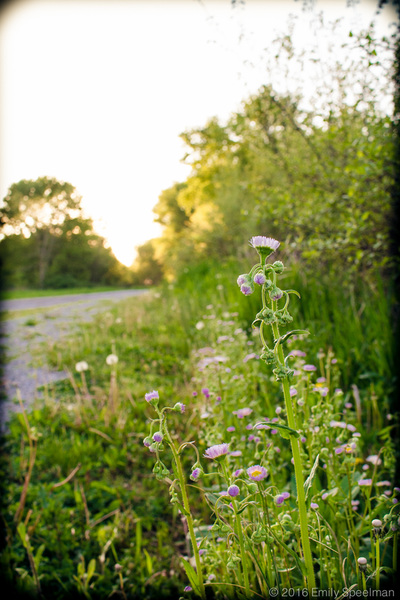
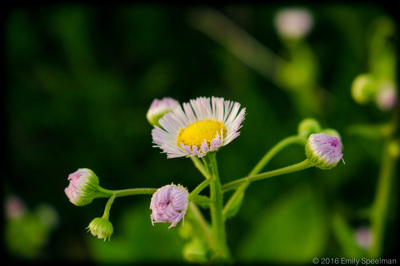

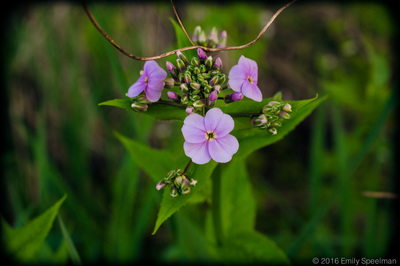


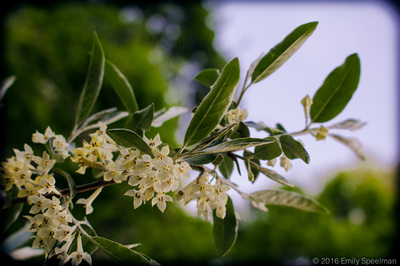

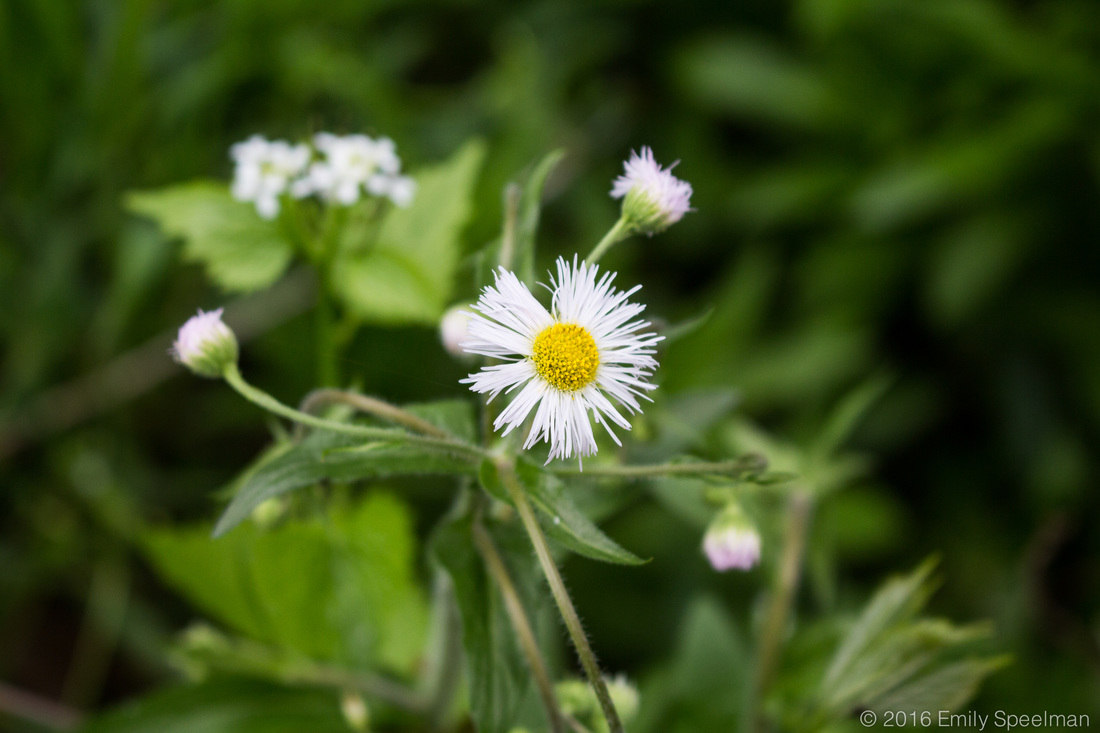


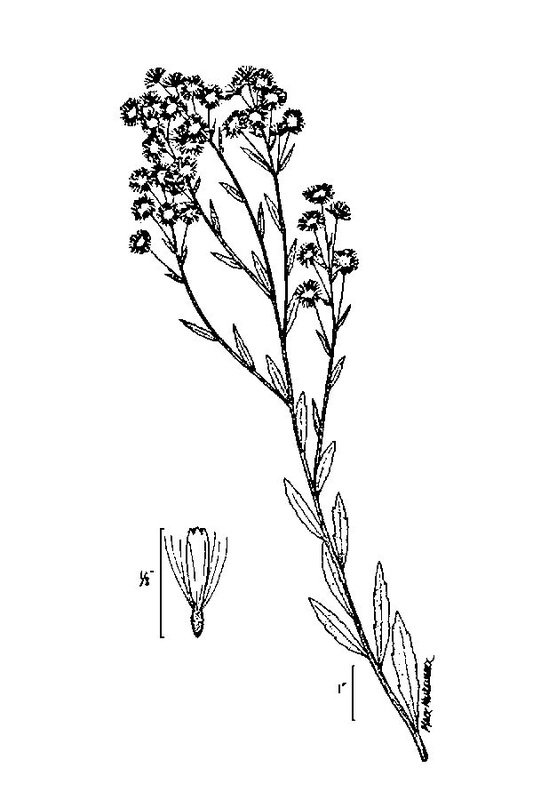


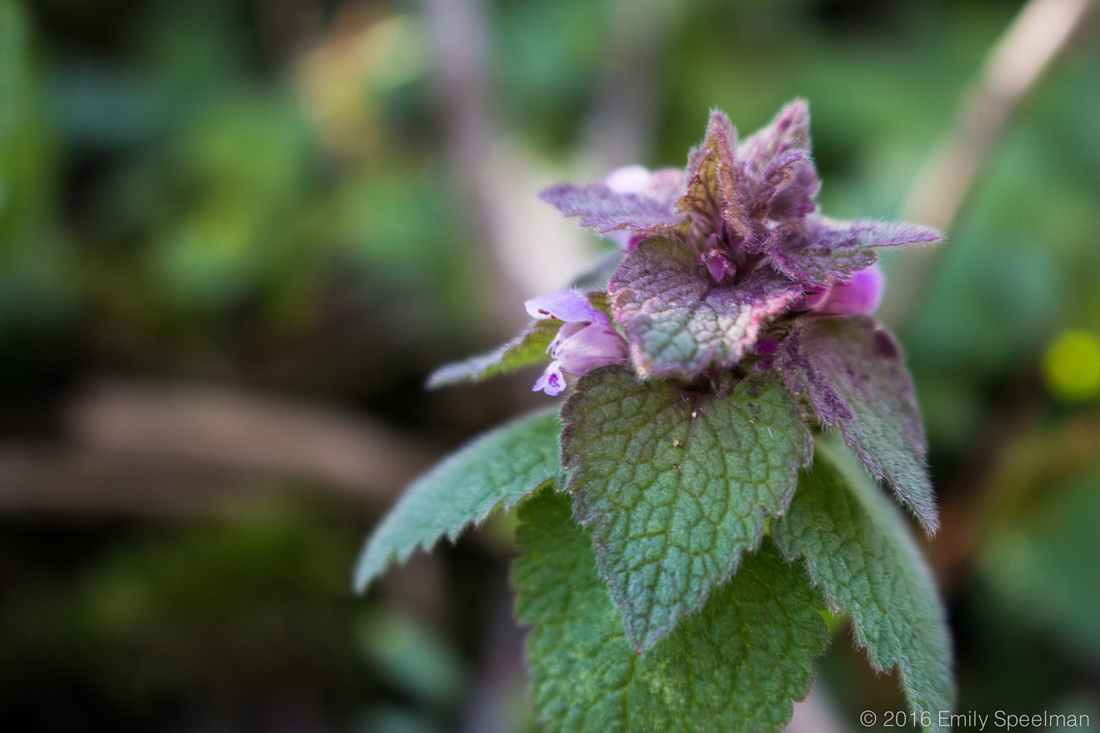
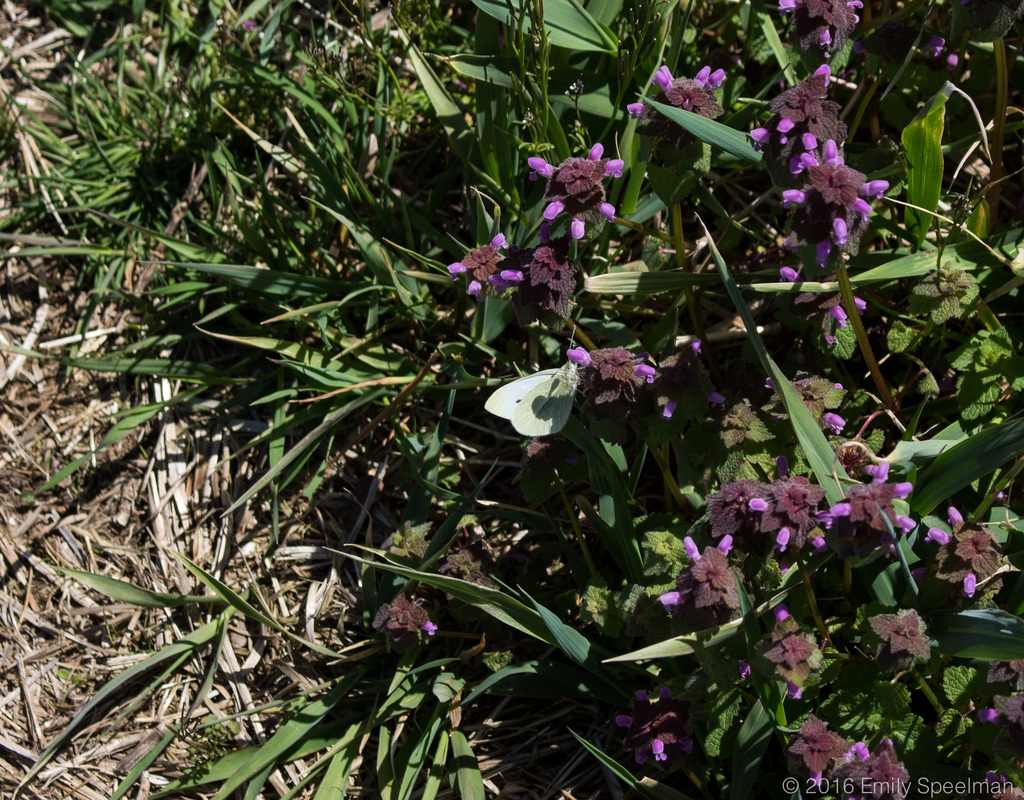
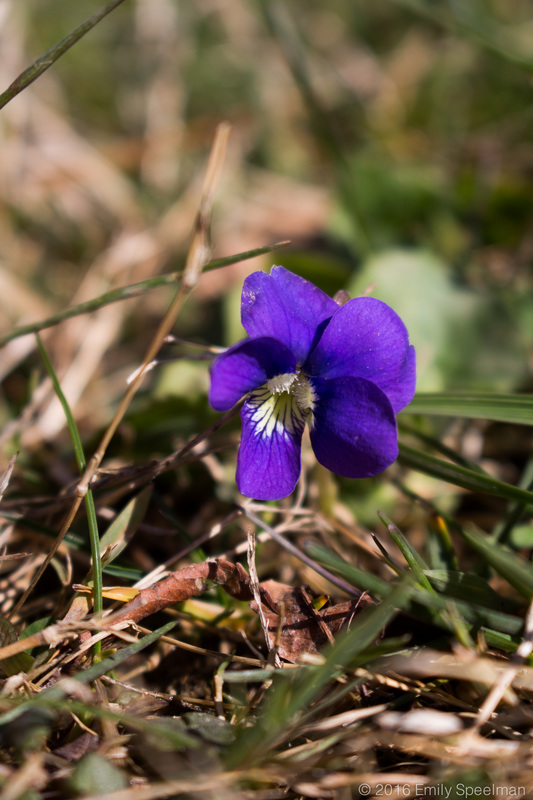


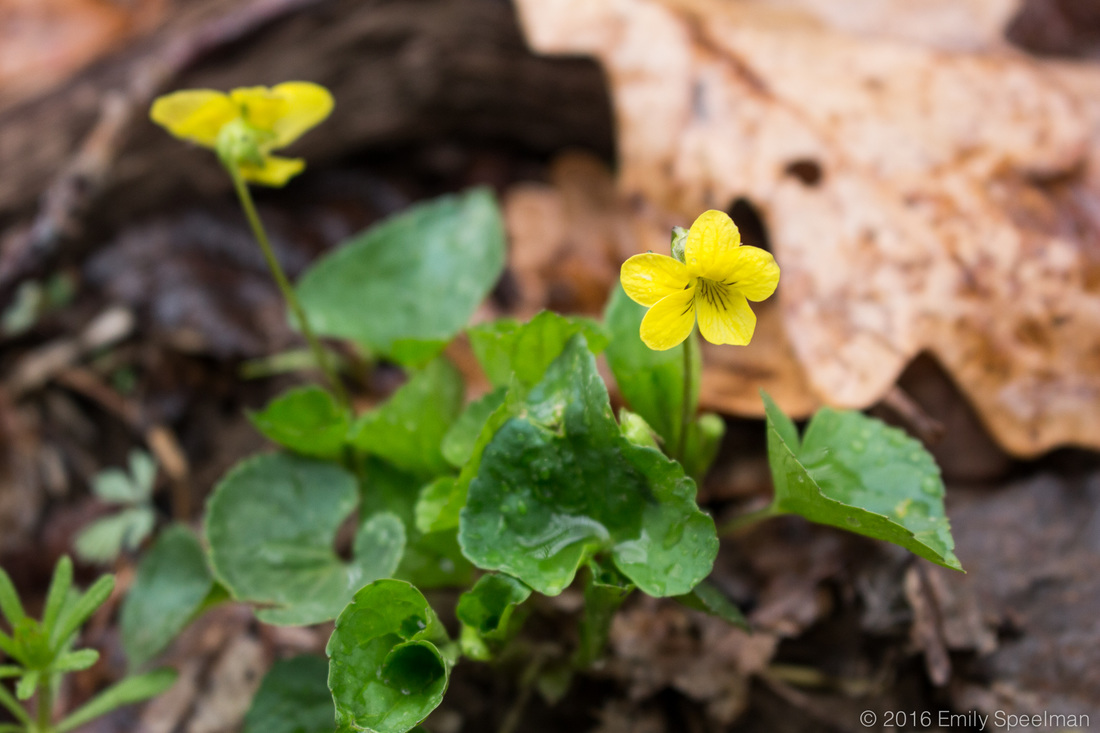

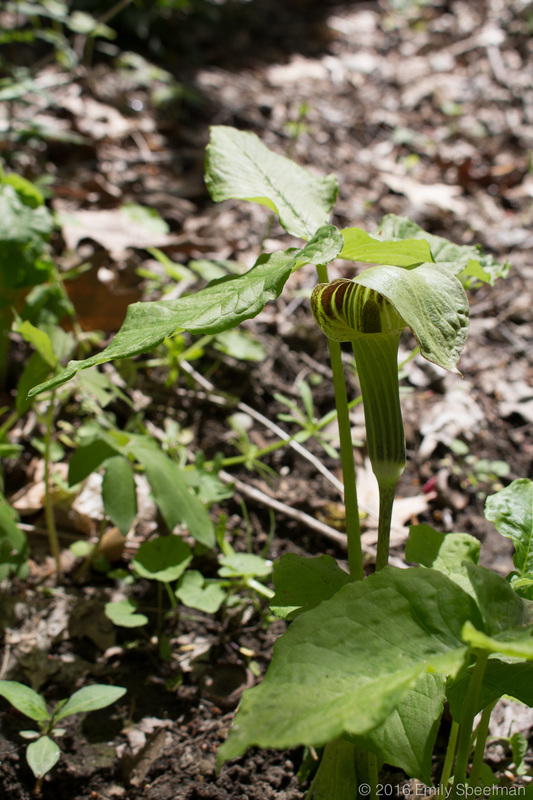
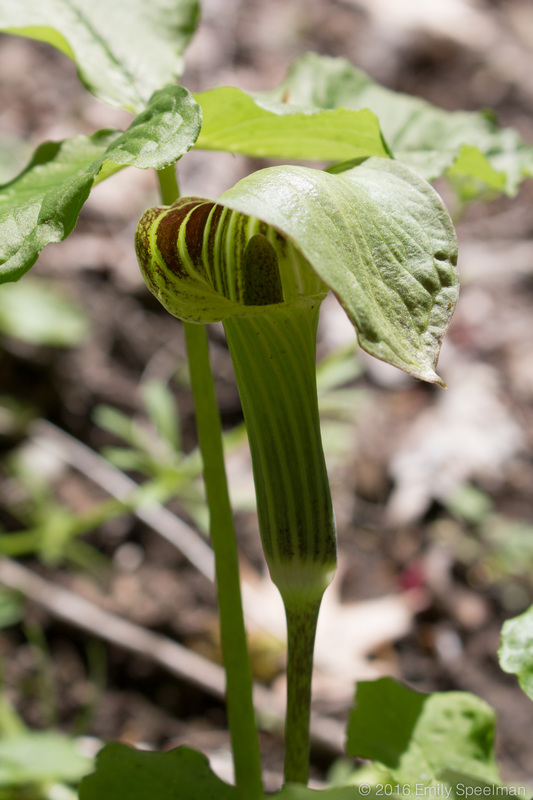

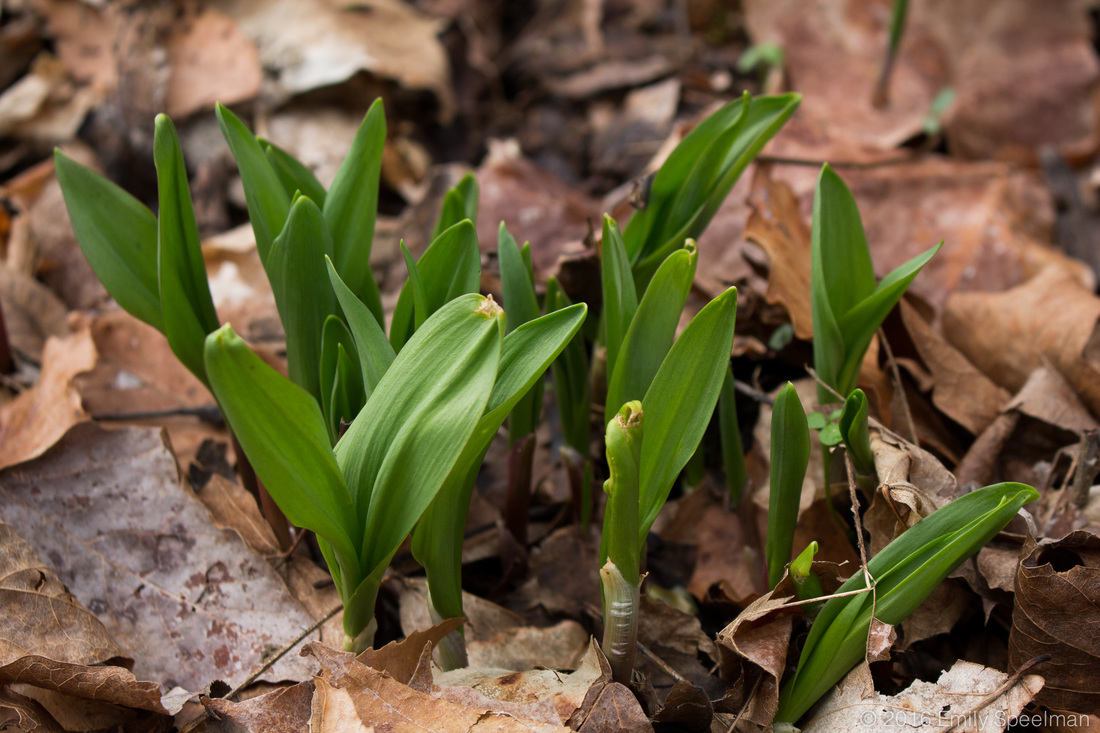

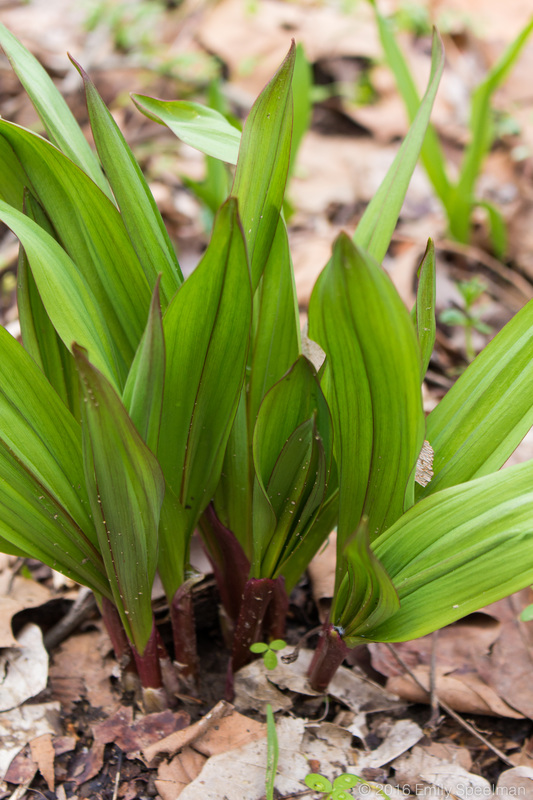

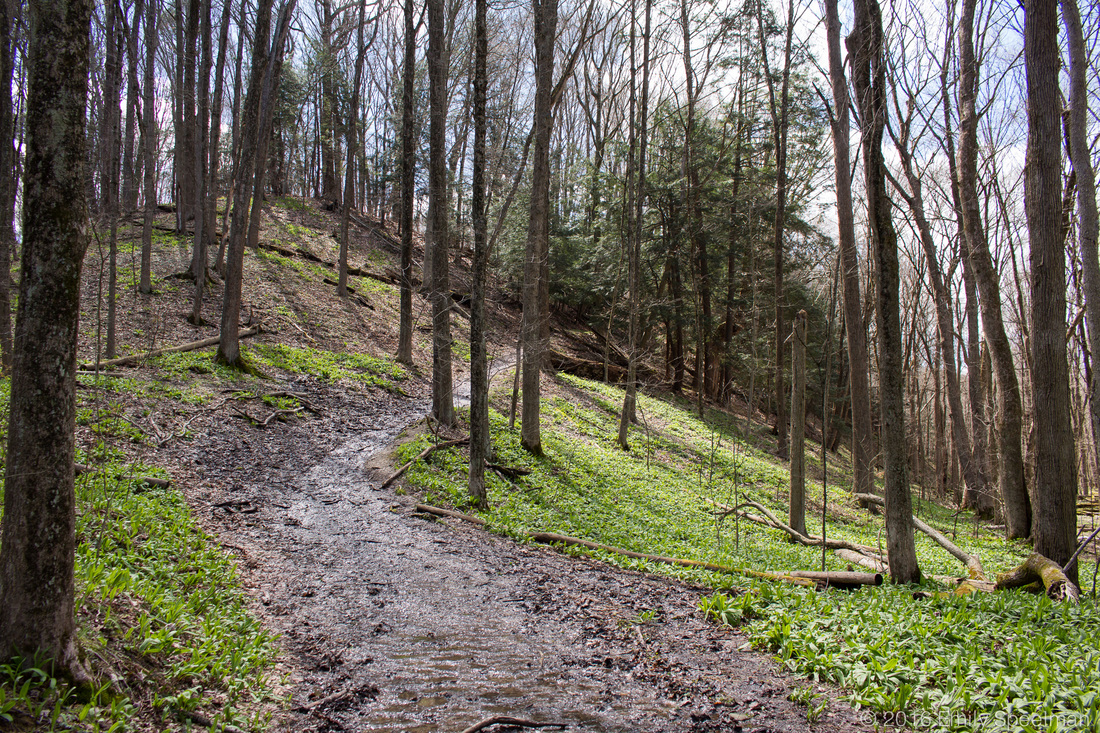





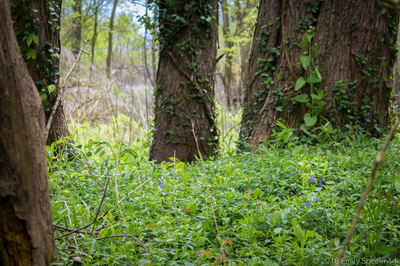


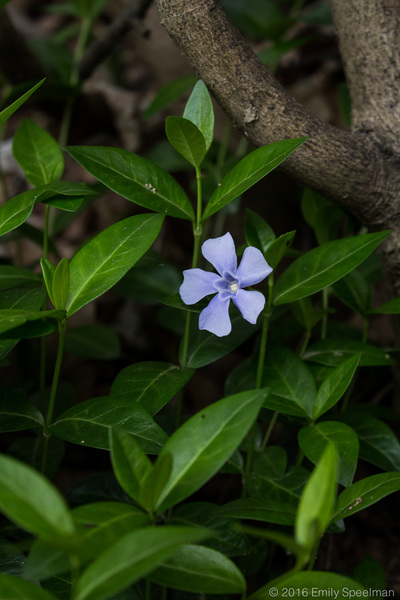
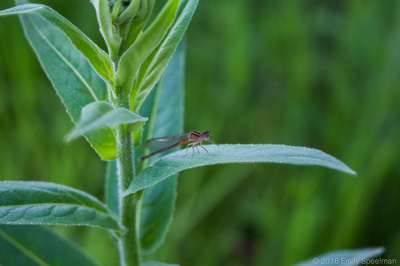
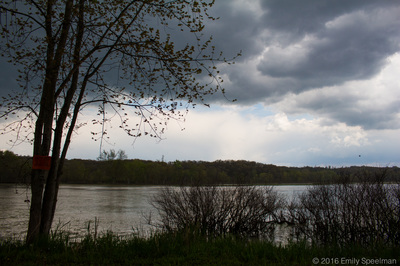

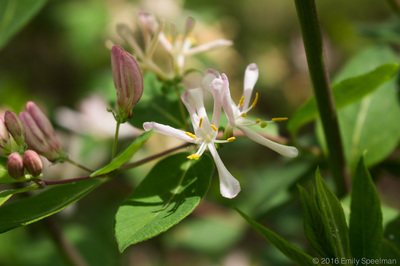
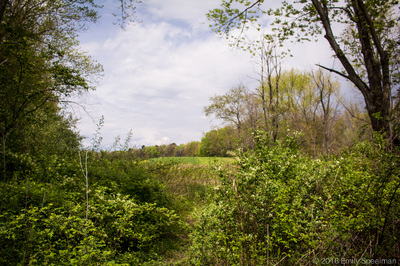
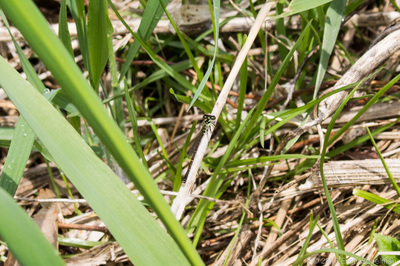
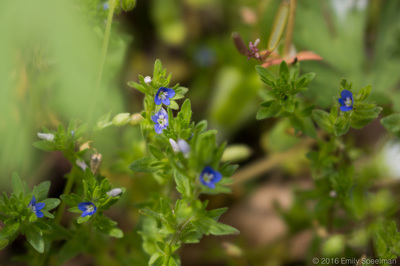
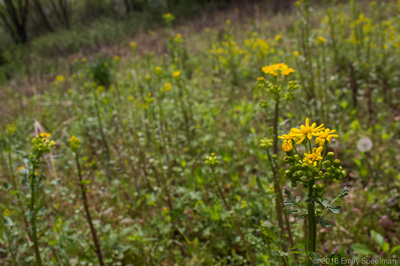


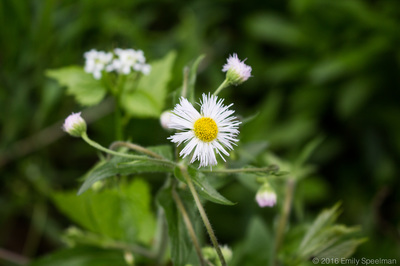


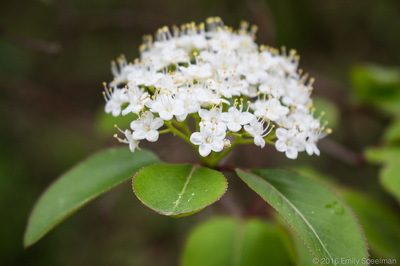


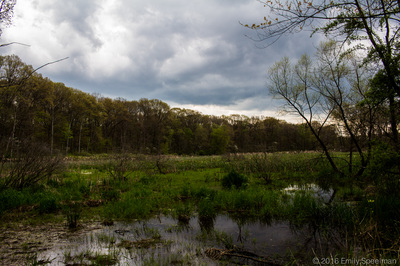
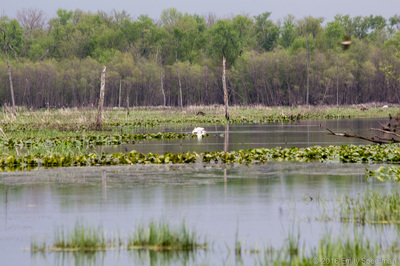
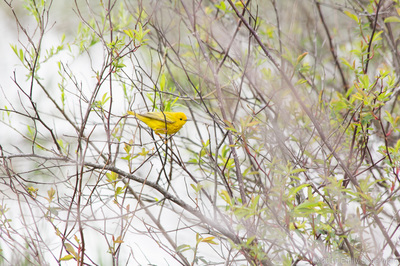
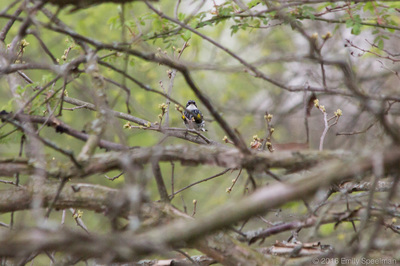
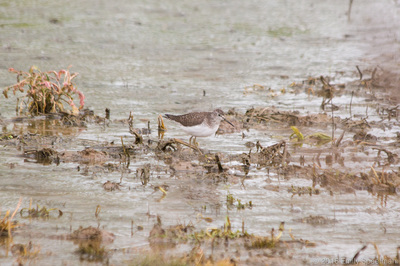


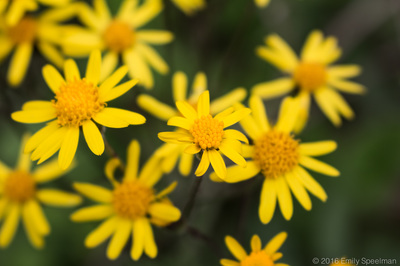
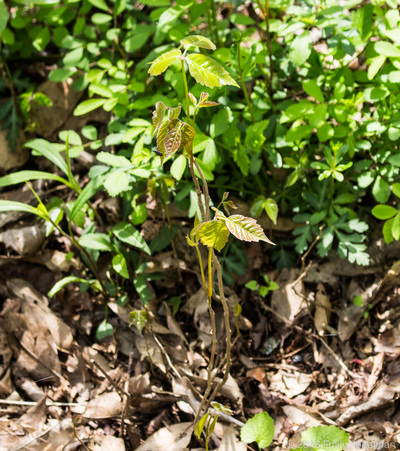





 RSS Feed
RSS Feed